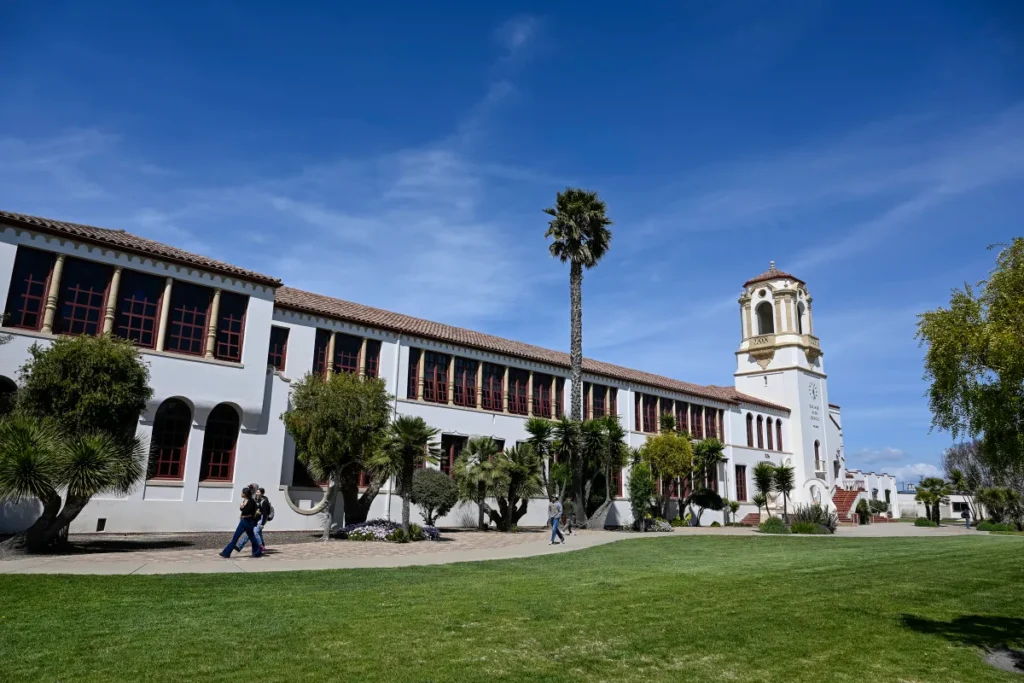In a significant move that will impact millions of students across the country, the Trump administration will return more than $5 billion in public school funding it withheld during its time in office. The decision comes after intense pressure from lawmakers, education advocates, and parents who criticized the funding freeze as harmful to the nation’s public education system.
This return of funding is expected to have major implications for schools still recovering from pandemic-era disruptions, staff shortages, and outdated infrastructure. It also raises important questions about how educational funding decisions are made — and who they affect the most.
Why Was the $5 Billion Withheld?
The withheld funds were originally part of the federal budget allocations aimed at supporting K–12 public schools across the United States. These funds were supposed to help schools:
- Improve classroom infrastructure
- Hire and retain qualified teachers
- Support low-income students
- Upgrade technology and learning tools
- Provide mental health and special education services
However, during Donald Trump’s presidency, several billion dollars were frozen or redirected under various policies, including efforts to promote school choice, expand charter schools, and encourage private education alternatives.
The Trump administration argued that reallocating funds would create a more competitive and efficient education system. Critics, however, claimed this disproportionately affected public schools — especially those in low-income and rural areas.
What Prompted the Return of the Funds?
The move to return the money didn’t happen overnight. It followed years of backlash from educators, legal challenges from state officials, and mounting evidence that students in underserved communities were falling behind.
Some key reasons behind this reversal include:
Legal Pressure
Several states and school districts filed lawsuits, arguing that the withheld funds violated federal education laws. Many of these legal challenges gained traction in court, leading to settlements that required the Department of Education to release the funds.
Bipartisan Criticism
Even lawmakers from the Republican party began to question the long-term consequences of underfunding public schools. Calls for transparency and accountability grew louder from both sides of the aisle.
Student Performance Declines
Reports showed a sharp drop in test scores, graduation rates, and student engagement — particularly among minority and low-income students — in areas affected by the funding cuts.
Public Outcry
Parents, teachers, and community leaders nationwide voiced concerns, organized protests, and launched petitions demanding the funds be released.
How Will the $5 Billion Be Distributed?

The U.S. Department of Education has announced that the funds will be distributed through a phased approach, focusing first on school districts with the greatest need.
Priority Will Be Given To:
- Schools in low-income urban and rural areas
- Districts with teacher shortages
- Schools still recovering from COVID-19 learning loss
- Programs supporting mental health and special education
Secretary of Education Miguel Cardona emphasized that the goal is to restore fairness and opportunity in public education, especially for students who have been left behind.
Each state will receive an allocated amount based on enrollment numbers, socioeconomic data, and educational performance metrics. States will then distribute the funds to local school districts with clear guidelines on how the money should be used.
Reactions from Educators and Parents
The news of the funding return was met with a mix of relief, frustration, and hope.
“This is long overdue,” said Amanda Reyes, a third-grade teacher in New Mexico. “We’ve been teaching with broken equipment, outdated textbooks, and overcrowded classrooms. This funding could make all the difference.”
Carlos Martinez, a father of two students in Chicago, added: “My kids are smart, but they were struggling with online classes and falling behind. If this money goes where it’s needed, it could give them a real chance to catch up.”
Some school administrators expressed concern that the funds might come with red tape or be delayed due to bureaucracy. However, federal officials promised streamlined processes and regular updates to ensure full transparency.
What Happens Next?
Here’s what school districts and communities can expect in the coming months:
Funding Applications Open
States will begin accepting applications from school districts seeking a portion of the returned funding. These applications must include detailed spending plans focused on student impact.
Monitoring and Oversight
The Department of Education will require strict monitoring to ensure funds are not misused. Independent audits and public reports will help hold districts accountable.
Community Involvement
Many school boards are encouraging parents and teachers to get involved in funding decisions. Town halls, surveys, and public input sessions are being scheduled in many cities.
Long-Term Planning
Districts will need to show not only how they’ll spend the money now but how the investments will support students in the long run.
What Could This Mean for the Future of Public Education?

The decision to return $5 billion in withheld public school funding marks a turning point in how education funding is viewed in America.
Here are a few potential long-term impacts:
Renewed Focus on Public Schools
The funding shift could signal a renewed national focus on strengthening public education — especially for students who have been underserved for decades.
Improved Mental Health Resources
Many schools plan to use the funding to hire counselors, psychologists, and social workers — something that was sorely lacking during the pandemic.
Modern Classrooms
With part of the money earmarked for technology upgrades, students in even the most remote areas could benefit from better digital tools, smartboards, and online learning access.
Better Teacher Pay
Districts struggling to hire or retain qualified teachers may use the funds to offer competitive salaries and professional development opportunities.
Critics Still Have Concerns
Despite the positive impact, some critics worry that the return of funding may be too little, too late. They argue that:
- The damage caused by the original cuts will take years to reverse
- The reallocation doesn’t guarantee that funds won’t be withheld again in the future
- School systems still face other issues, like standardized testing pressure and overworked staff
Advocates stress the need for long-term policy changes, not just one-time funding fixes.
Final Thoughts
The fact that the Trump administration will return more than $5 billion in public school funding marks a win for public education, but it also serves as a reminder of how deeply politics can affect everyday classrooms.
While the funding will bring much-needed support, it also highlights the need for continued advocacy, transparency, and investment in the country’s future: its students.
Read Next – Trump’s Approval Rating Drop Hits New Low Amid Independent Exodus






